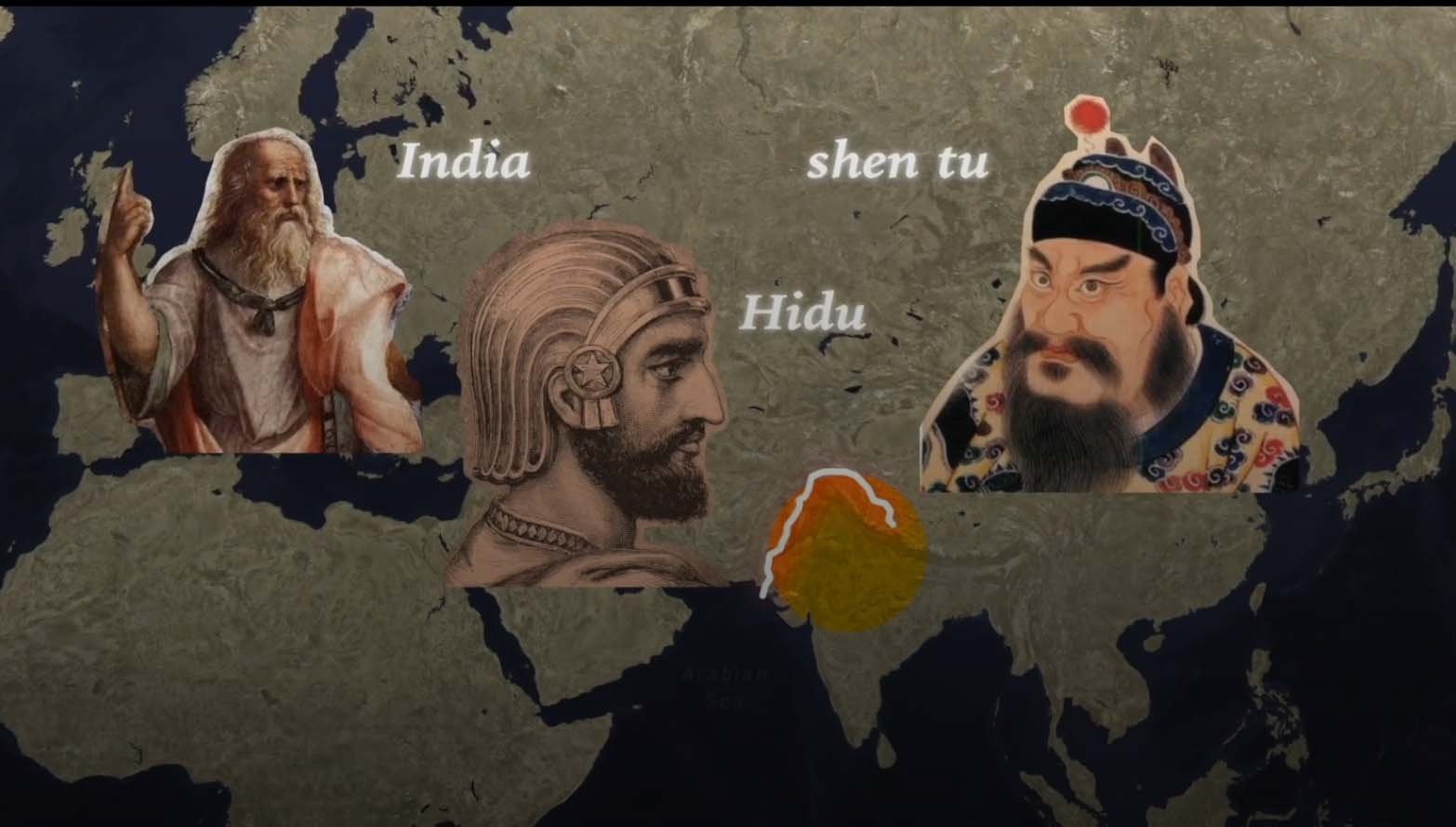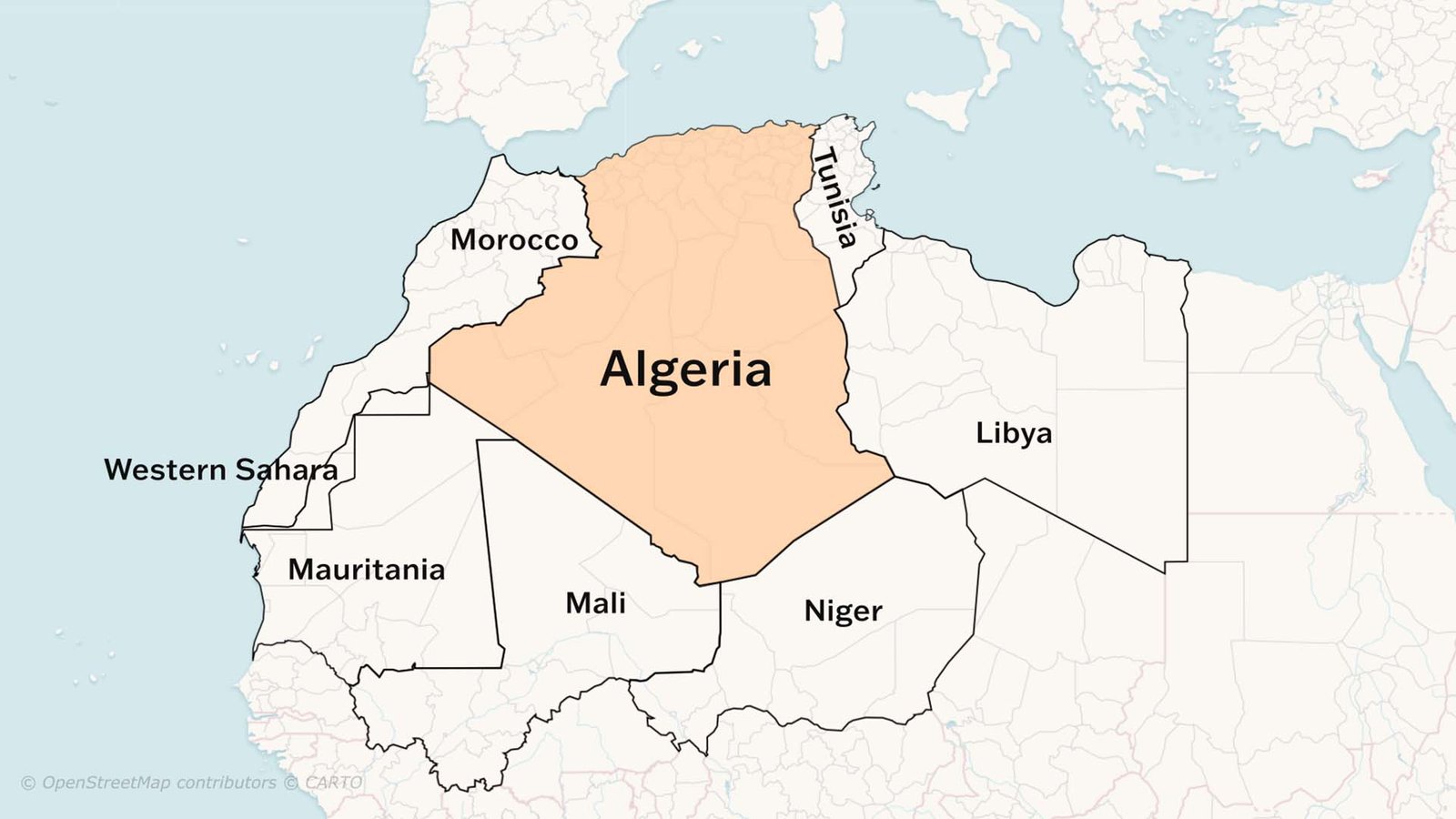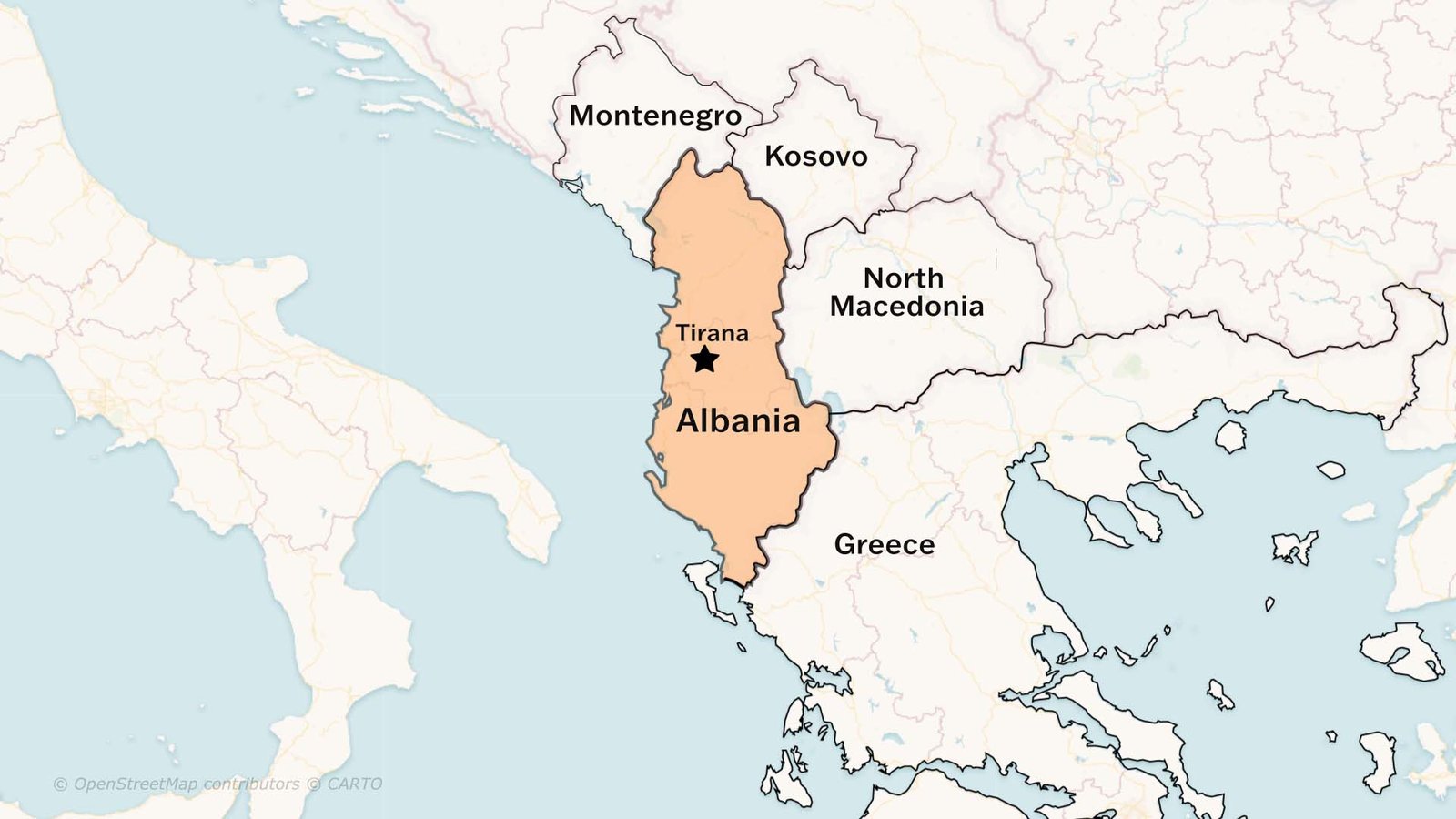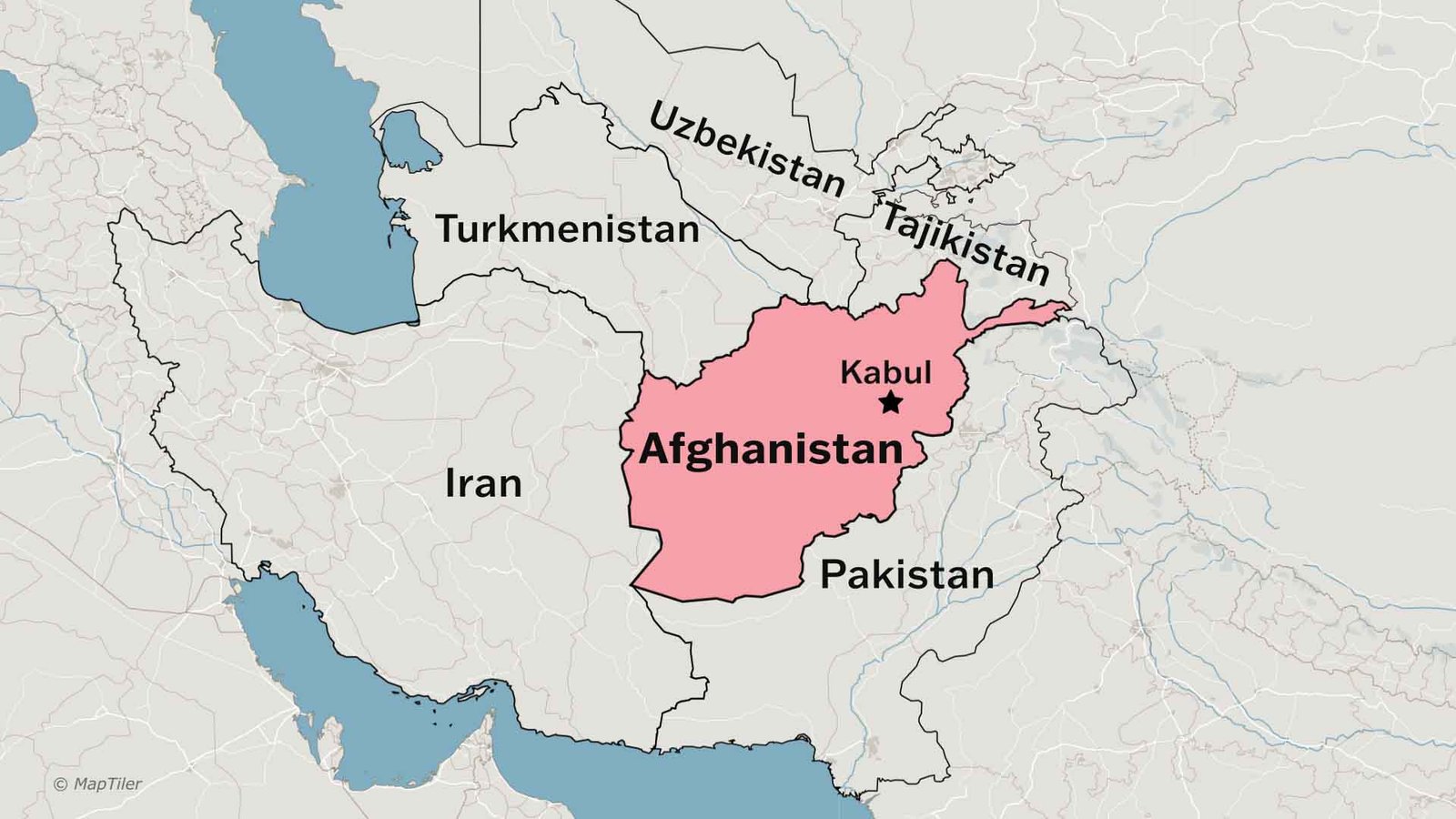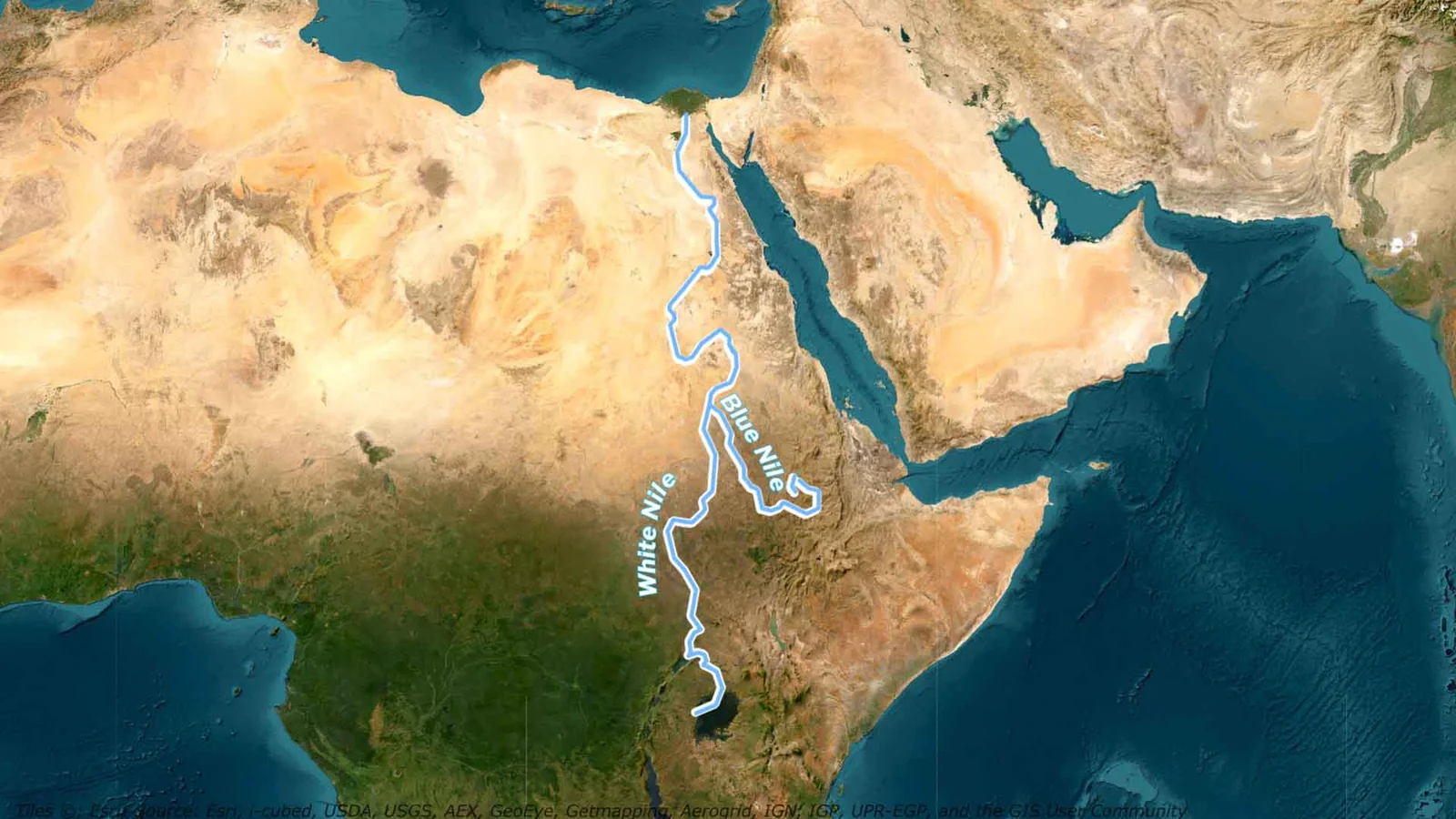India is now the most populous country in the world, and its land has been home to diverse cultures, religions, and empires for centuries. Its heritage is unique, making it one of the richest historical landscapes in the world. In this post, we will journey through 70,000 years of India’s history, the history of ancient India —from the rise and fall of the Harappan civilisation to the profound teachings of the Vedic age, from the era inspired by the thoughts of Ashoka and Buddha to the golden age of the Gupta Empire. We will explore how such a vast population developed. So, let’s embark on this incredible journey.
This is India—the land of the people living across the Sapta-Sindhu (ˈsʌp.tə ˈsɪn.duː). Historically, for outsiders, the Sindhu River has been the most prominent symbol of the Indian subcontinent. Known as the “Indus” in English, the river originates in the Tibetan Plateau to the north and travels 3,200 kilometres before merging into the Arabian Sea.
The names “India,” “Hindu,” and “Hindustan” all derive from this very Indus River. The Chinese referred to this land as “Shen-tu,” the Greeks called it “India,” while Persian texts mentioned it as “Hindu.” Initially, these terms were used only for the areas around the Indus River, but over time, they began to refer to the entire subcontinent as “India” or “Hindustan,” and its people as “Hindus.”
Throughout history, the Indian subcontinent has been one of the most attractive places for human habitation, largely due to its favorable geography. The great rivers like the Indus, Ganges, and Brahmaputra are fed by waters from the Himalayas, and these rivers sustain some of the largest populations in the world.
Not only this, but the Himalayan mountains in the north protect the Indian subcontinent from the cold Siberian winds coming from the Arctic.
Surrounded by the Indian Ocean in the south, this region developed independently from the rest of the world, allowing it to evolve in its own unique way. This is why the subcontinent is often called the cradle of ancient civilizations.
To understand Indian history, we need to travel far back in time. According to genetic research, the earliest and most successful migration out of Africa occurred around 70,000 years ago. About 5,000 years later, around 65,000 years ago, people from Africa arrived in India, where they encountered an already existing large population. You can find the sources of this information in the description box.
Between 45,000 and 20,000 years ago, descendants of these Out of Africa (OOA) migrants, who can be referred to as the “First Indians” or “Early Indians,” began using microliths, which are tiny stone tools. These people were hunters and gatherers, meaning they hunted animals and collected food available in the wild. At that time, agriculture had not yet developed.
Moving forward, around 7000 BCE, people began to shift away from relying solely on wild resources and started engaging in domestic farming and animal husbandry. This brought stability to their lifestyle, leading to the formation of permanent settlements. Evidence of this can be found at the Mehrgarh site, where traces of barley and wheat cultivation, as well as domesticated animals, have been discovered.
From these early settlements, a new civilization began to emerge.
Indus Valley Civilization
The Harappan Civilization, also known as the Indus Valley Civilization, developed between 5000 and 2000 BCE in the northwestern part of the Indian subcontinent. This civilization is renowned for its well-planned and organized cities.
The name “Harappa” comes from one of the earliest discovered sites, while “Indus Valley” refers to the cities that were situated along the Indus River. So far, around 1,400 sites have been discovered, with prominent cities including Harappa, Mohenjo-daro, Rakhigarhi, Lothal, and Kalibangan.
This civilization was one of the most advanced of its time, excelling in urban planning, architecture, and trade.
The people of Harappa shared many similarities. Their script, seals, designs, and methods of measuring weights were uniform across the region. The cities were meticulously planned, with impressive buildings and streets laid out in a grid pattern, dividing the city into blocks. Houses were built with baked bricks, and cleanliness was given special attention.
The Harappans also traded with distant civilizations such as Mesopotamia and Sumer, indicating the strength of their trade networks and their connections with other parts of the world.
In terms of resources, there is no evidence of iron found in the Harappan Civilization so far, but bronze sculptures have been discovered. Therefore, it can be classified as a Bronze Age civilization.
By the beginning of the second millennium BCE, the Indus Valley Civilization gradually began to decline. It is believed that this decline was due to changes in the local environment. Around 500 years later, a new culture emerged, which continued to develop in this region.
Rise of Vedic Culture
Around 1300 BCE, Vedic culture began to spread in India. During this period, the Sanskrit language developed, which is part of the Indo-European language family. The roots of Sanskrit are connected to Greek, Latin, and ancient Persian (Avestan).
During this time, the Vedas were composed, which are the sacred texts of Vedic culture. The main Vedas are Rigveda, Samaveda, Atharvaveda, and Yajurveda. These texts contain numerous insights about life and religious traditions.
Initially, the Indo-Aryan people settled in the northwestern parts of India. When they learned to use iron, they could easily clear forests. Gradually, they moved towards the fertile plains of the Ganges and Yamuna, leading to the expansion of Vedic civilization and further development of these regions.
Caste System
During the Vedic period, the concept of the Varna system emerged, which later evolved into the caste system. This system was a form of social hierarchy based on birth. In this structure, priests categorized society into four main groups:
- Brahmins – The priestly class, responsible for studying the Vedas, receiving gifts, and conducting religious rituals and sacrifices.
- Kshatriyas – The warrior class, tasked with governance, fighting wars, and protecting the people.
- Vaishyas – Farmers, traders, herders, and skilled artisans who managed trade and agriculture.
- Shudras – Laborers and unskilled workers. While Kshatriyas and Vaishyas could participate to some extent in religious rituals, Shudras were not permitted. Additionally, women and Shudras were prohibited from studying the Vedas.
Later, another group emerged known as the “Untouchables,” who were considered so impure that even associating with them was deemed inauspicious.
This system was not uniformly accepted across the Indian subcontinent. Some believed that varnas could not be determined solely by birth, and others felt that everyone should have the right to perform religious rituals. In many parts of the subcontinent, such as the northeast, social and economic discrimination was not as deep, and the influence of priests was limited.
However, in general, Brahmins often emphasized their position as the highest rank in society. They had the exclusive right to receive gifts and were exempt from taxes and punishment. These privileges created tensions among the castes. Growing discontent among the Kshatriyas towards Brahmin dominance became one of the main factors leading to the rise of new religions.
Buddhism and Jainism
Vardhaman Mahavira, the founder of Jainism, and Gautama Buddha, the founder of Buddhism, both belonged to the Kshatriya class and challenged the authority of the Brahmins. Buddhism and Jainism criticized the Vedic rituals and the caste discrimination present in Hinduism.
To oppose this system, both Buddha and Mahavira traveled across the Ganges valley, teaching about the negative effects of the caste system, animal sacrifices, and religious rituals. They delivered their teachings in the common language, Pali, so that ordinary people could easily understand them.
Buddhism made a profound impact on society by opening its doors to women and Shudras. Together, Buddhism and Jainism sparked a new wave of intellectualism, culture, and philosophy across the subcontinent, creating greater awareness and change.
Mahajanapadas
About a thousand years after the Indus Valley Civilization, India began to transform once again into an urban civilization. The Indo-Aryan culture, which was initially nomadic, started moving towards urbanization. By the end of the Vedic period, around 450 BCE, organized states began to emerge with proper administration. These states collected taxes and maintained their own armies. These states were called “Janapadas,” and the larger, more powerful ones were known as “Mahajanapadas.”
The Pali texts mention sixteen Mahajanapadas, including Magadha, Kashi, Kosala, Vatsa, Chedi, Anga, Vrijji, Malla, Panchala, Matsya, Avanti, and Kuru, among others. Among these, the kingdom of Magadha became the most powerful, establishing itself as the first major empire of India.
Rise of Magadha
Magadha had large reserves of iron ore, which were used to make tools and weapons.
Moreover, King Ajatashatru of Magadha was a great military strategist. He invented a massive catapult that could hurl large stone balls and created a special chariot called “Rathamusala,” equipped with sharp blades on its wheels to cut through enemy soldiers. Ajatashatru expanded the boundaries of his kingdom.
With its iron reserves, strategic geographical location, river resources, and a permanent army, Magadha succeeded in defeating other states and became India’s first empire.
Alexander the Great
This was the time when Alexander, the King of Macedonia, had defeated Darius III, the King of Persia. In 326 BCE, Alexander reached India. According to Greek records, he had a fierce battle with King Porus, who ruled the region between the Jhelum and Chenab rivers. Alexander defeated Porus in a hard-fought battle, although there is no mention of Porus or Alexander in any Indian texts.
After years of continuous battles, Alexander’s soldiers were exhausted and eventually mutinied. It’s worth noting that Alexander had traveled from Europe to such a distant land, and his campaign had already lasted 13 years. When he decided to return, he never made it back to Greece; he died in Babylon in 323 BCE.
Why Alexander Decided to Return
Alexander’s soldiers refused to march further east due to their fear of facing the massive army of King Dhanananda in unknown territories. According to Roman records, Dhanananda’s army consisted of 20,000 cavalry, 200,000 infantry, 2,000 chariots, and 3,000 war elephants. This would have been a far more challenging battle than the one against Porus.
Additionally, Alexander’s troops were homesick and exhausted from the continuous fighting. With his soldiers unwilling to proceed and their morale low, Alexander had little choice but to turn back.
The Maurya Empire
In the next chapter of this story, we learn about Chandragupta, who was a disciple of the great strategist Chanakya. Chandragupta took control of Pataliputra and defeated Dhanananda, establishing the Maurya dynasty in India. Later, Chandragupta fought a battle with Alexander’s general, Seleucus, which eventually led to a marriage alliance.
Now, let’s talk about Chandragupta’s mentor, Chanakya. Chanakya was a brilliant politician and philosopher of that era. He wrote a book called *Arthashastra*, which outlined principles of politics, economics, and strategy. Earlier, the Magadha king Dhanananda had insulted Chanakya and expelled him from his court. But Chanakya took his revenge when, with the help of Chandragupta, he defeated Dhanananda, thus avenging his humiliation.
Ashoka the Great
Chandragupta’s grandson, Ashoka the Great, further expanded and strengthened the Maurya Empire. By Ashoka’s reign, the empire stretched from Bengal in the east to Afghanistan in the west, and from Kashmir in the north to Karnataka in the south.
However, Ashoka was initially a brutal and ruthless conqueror. He ruled over much of the subcontinent, but the eastern coastal region of Kalinga was not yet part of his empire.
Ashoka waged a war to conquer Kalinga, but the devastation and massive loss of life deeply affected him. The Kalinga War transformed Ashoka entirely, leading to the emergence of a compassionate and welfare-oriented ruler.
Ashoka and the Spread of Buddhism
After the Kalinga War, Ashoka embraced Buddhism and began promoting the values of non-violence and compassion. Today, Buddhism is a global religion, and much of its spread can be attributed to Ashoka’s efforts to propagate the teachings of Gautama Buddha. Information about this is found in Ashoka’s 14 rock edicts and 7 pillar edicts, which are scattered across the subcontinent.
Later, when Buddhism nearly disappeared from India, it continued to thrive in regions like Tibet, China, Burma, and Japan.
When an empire collapses, regional powers tend to emerge. Thus, after the decline of the Maurya Empire, smaller states began to rise, and for the next 500 years, the borders of India were in a constant state of flux.
Kushans in the North and Satavahanas in the South
Northern India saw the rule of several foreign dynasties. Indo-Greeks from Greece, Sakas from the Caucasus region, and Parthians from northern Iran dominated the Gandhara region (in northwestern India). In the 1st century CE, the Kushans, originally from the Yuezhi tribe of China, settled in Afghanistan and eventually defeated the Indo-Greeks, Sakas, and Parthians. They expanded their empire eastward, bringing regions like present-day Punjab, Kashmir, Rajasthan, and eastern Uttar Pradesh under their control.
Meanwhile, in the south, the Satavahana dynasty rose to power. The Satavahanas ruled from the 1st century BCE to around 220 CE. Their empire stretched across present-day Gujarat, Maharashtra, Andhra Pradesh, Madhya Pradesh, and Odisha.
Chola, Chera, and Pandya
During this period, the ancient Chola kingdom existed in the region that is now Tamil Nadu. The Pandya kingdom ruled over the Madurai area, while the Chera kingdom was active in what is now Kerala.
This era is known as the Sangam Age, famous for its great literary assemblies. In these Sangam gatherings, poets and musicians from across the region would recite their works. The collection includes over 12,000 poems composed by 473 poets. These poems depict tales of love and war, providing rich insights into the society and culture of that time.
The Gupta Empire
After the Maurya Empire, the Gupta dynasty established the next pan-Indian empire. Although their empire was not as vast as the Mauryas’, it still covered most of northern and central India. This period is considered the “Golden Age” of Indian history, marked by significant progress in trade and commerce, stable governance, law and order ensured by the rulers, and remarkable achievements in architecture, painting, literature, science, and technology.
Renowned centers of education like Nalanda, Taxila, Ujjain, Vikramashila, and Vallabhi flourished during this time. It was also during this period that the famous Chinese traveller Faxian (Fa-Hien) visited India. The great Indian epics, the *Ramayana* and *Mahabharata*, received their final form in this era.
Among the Gupta rulers, Emperor Samudragupta was the most notable. Renowned historian Vincent Smith referred to him as the “Napoleon of India.” In the later period of the Gupta Empire, continuous invasions by the Huns from Central Asia weakened the empire. Gupta emperor Skandagupta managed to defeat the Huns, but over time, central authority weakened, and northern India fragmented into smaller states that often fought among themselves.
After the 6th century CE, both the Satavahanas in the south and the Guptas in the north had declined. This led to the emergence of smaller states like the Chalukyas, Pallavas, Cholas, and Pandyas.
Chalukya, Pallava, and Pandya Empires
The Chalukya Empire emerged between the Vindhya mountain range and the Krishna River, while the Pallavas rose to power in the region of modern-day Tamil Nadu. The Pandya kingdom ruled over southern Tamil Nadu, and the Chola dynasty re-emerged around the region of Thanjavur.
Rule of Harshavardhana in North India
After the Guptas, one of the great rulers of northern India was Harshavardhana of Thanesar. Harsha’s kingdom was vast, but it was not as prosperous as the Gupta Empire. Law and order were not effectively enforced during his reign. During this time, the Chinese traveller Xuanzang (Hiuen Tsang) visited India. Unlike Fa-Hien, who travelled during the Gupta period without trouble, Xuanzang was robbed twice on Indian roads.
However, a strong friendship developed between Harshavardhana and Xuanzang. When Xuanzang was about to return to China, Harsha gifted him an elephant, 3,000 gold coins, and 10,000 silver coins. Unfortunately, during his journey back, some of Xuanzang’s books and records were lost in a flood.
Harsha ruled for over forty years but had no children. After his death, a power vacuum emerged, and as regional powers sensed this weakness, they began to compete and fight to fill the void.
Thus, we come to the end of a brief overview of ancient India’s history. Reflecting on this journey, we uncover a rich tapestry of cultures, dynasties, and intellectual discoveries. From the urban sophistication of the Indus Valley Civilization to the spiritual teachings of the Vedic age, the expansion of the Maurya Empire, the grandeur of Sangam literature, the artistic heights of the Gupta period, and the conflicts among various states, the history of ancient India reflects a spirit of innovation, spirituality, and social development that still echoes to this day.
I hope you enjoyed reading this post. For more interesting posts on the history of India and the world, stay connected with HGP Media.
Read more: Geography of Himalayas

